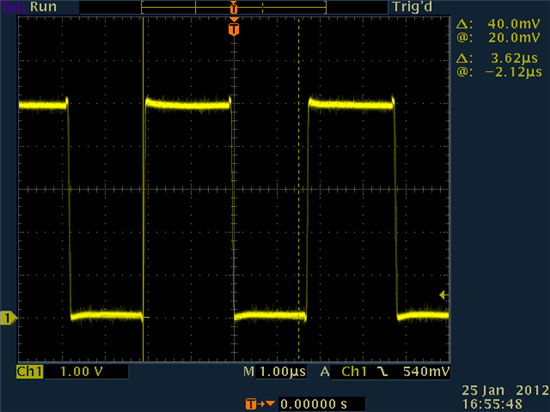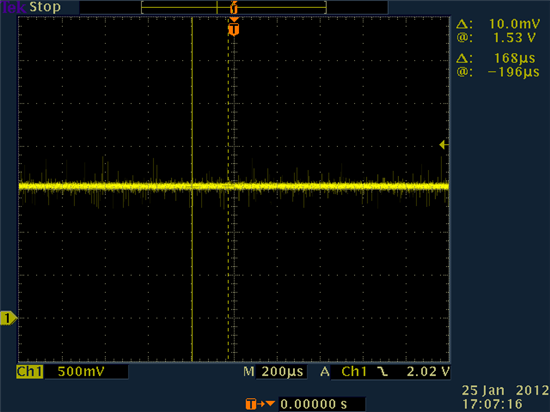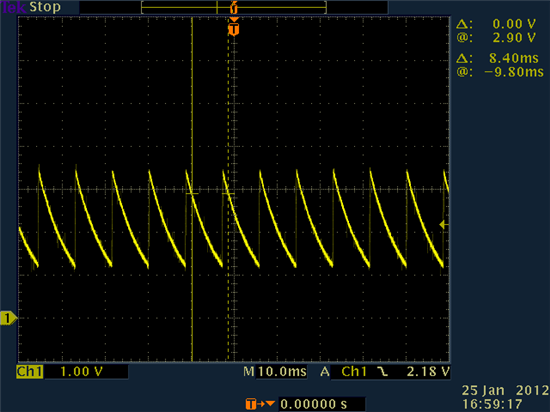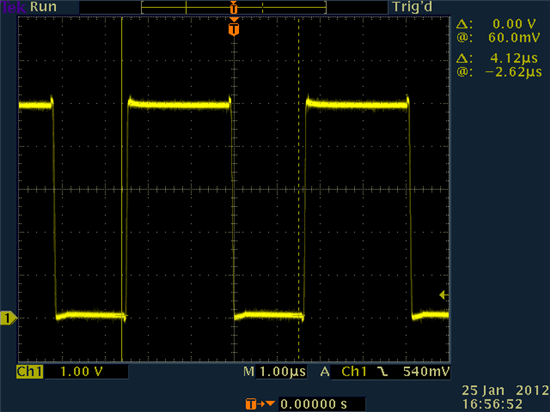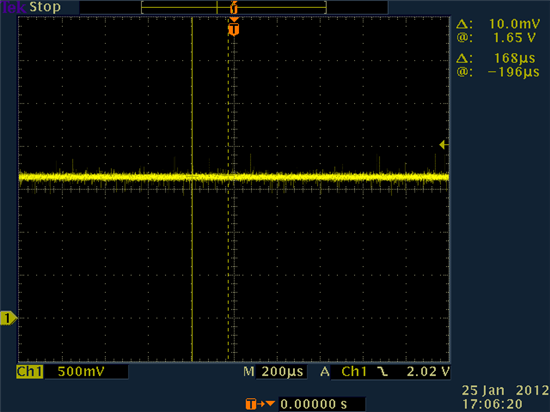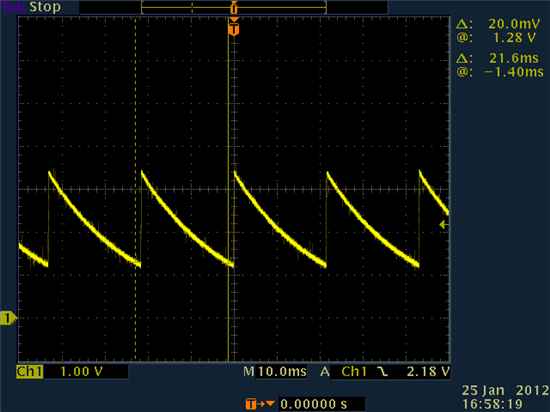HI All,
I have been having a bit of strain with a BQ2000 deisgn where it terminates early (NiMH 20 cell stack) and eventually treid a longer MTO period than I calculated - and bingo it works. It was terminating in the order of 2.5 times faster and not very accurately time wise - with the latter in mind - might I be backing up the wrong tree with it?
My question - is there a number of MTO pin oscillations which = the MTO period - so I can look at what is going on - the datasheet only gives a formula for R, C to minutes timeout!
I'd be very pleased for your input!
Regards,
Dave


